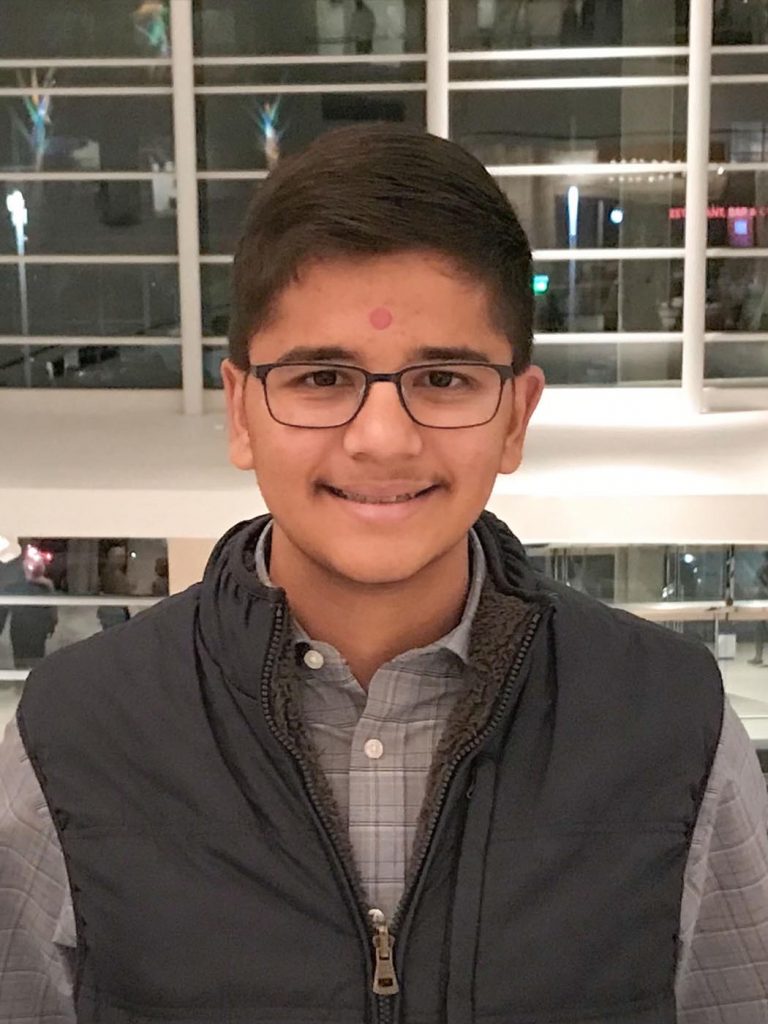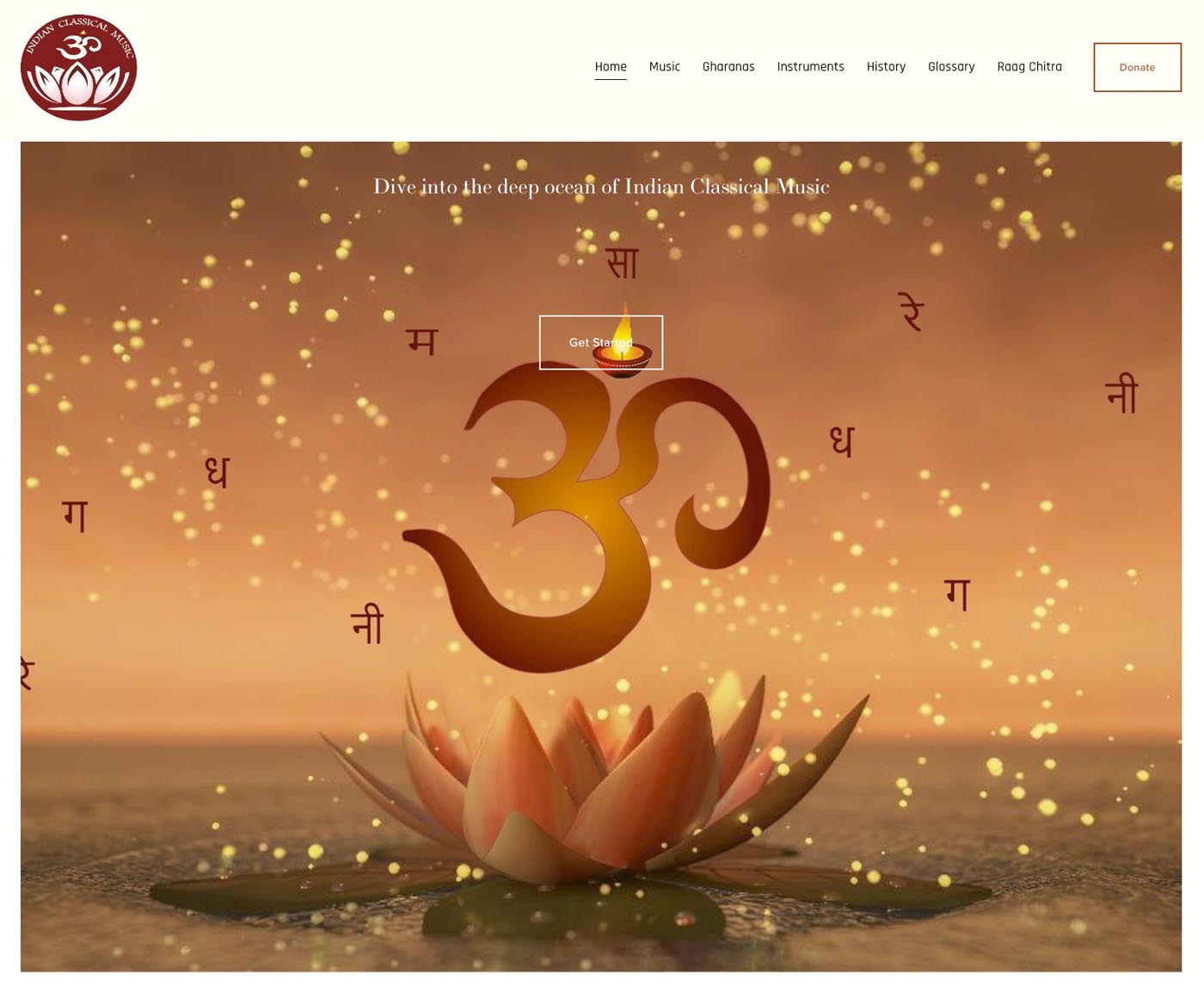The mission of the beautifully designed site indianclassicalmusic.com is to document the Hindustani musical tradition. It offers vast resources for beginners and professionals alike. In its library of ragas, each is accompanied by an informational video discussing its history, with a short melodious improvisation.
Still a work in progress, the site also offers lessons on Hindustani music theory; a gallery of Indian classical instruments organized by instrument group, with a description of each; and a history of Indian classical music dating back to around 2500 bce. This site covers the general history, philosophy, and theory behind Hindustani music. Unfortunately, it does not offer information about India’s other great musical tradition, Carnatic music.
One of the main differences between Hindustani and Carnatic classical music are gamakas, graceful ornamentations of musical notes. In Hindustani music, most gamakas are meend, a glide between notes. But in Carnatic music, singers usually use a technique called kampitam, or oscillation between notes. Carnatic music recognizes more than ten different techniques, but kampitam is the most characteristic type used to identify which style of music is being played or sung.
The second major difference between Hindustani and Carnatic classical music is language. Because Carnatic music originated in South India, most songs are in Tamil, Telugu, Malayam, Kannada and, of course, Sanskrit, while Hindustani music uses Punjabi,
Rajasthani, Urdu and Brajbhasha.
In addition, Hindustani music gives far more importance to raga (melody) than to lyrics, and to human emotions, while Carnatic music places great importance on its Hindu devotional lyrics. At an advanced level of training, improvisation is taught within the rigorous structure of its compositions. Many of these differences are the result of the Muslim influence on Indian classical music since the time of the Mughal invasion into North India in the 1600s. The kings and emperors were the main patrons of the arts, supporting most of the musicians and other artists.
An excellent website for South Indian classical music is karnatik.com. Lakshman Ragde has made it his life’s mission to research and compile lyrics of Carnatic music compositions and share them with music lovers. Though the website design is a bit dated, it contains a wealth of information. There is a library of 20,000 lyrics arranged alphabetically, as well as by raga, composer, singer, or type of composition. There is a large repository of reference material for students of Carnatic music, from biographies of famous composers, to a list of ragas with notations, to tables of the 72 Melakartha ragas and 35 talas. There is also a section with basic lessons in Carnatic music, which was written by Saint Purandaradasa about 500 years ago and is still used today as the system of teaching and learning.
If you are a student of Hindustani or Carnatic music, you will find these websites to be great resources to enhance your learning and reveal similarities and differences between the two genres.


About the Author
Arunesh Eswaran, 14, of Plano, Texas, has been learning Carnatic vocal music for the past nine years. When he’s not playing music, he enjoys photography, tech, swimming and volunteering.
arunesh2026@gmail.com


